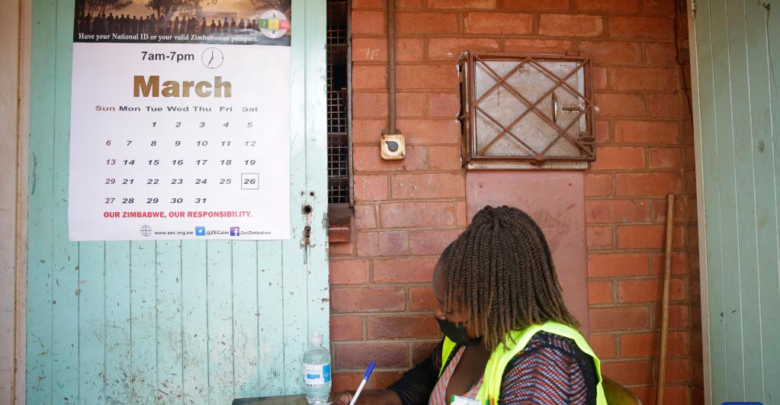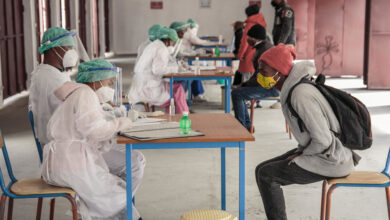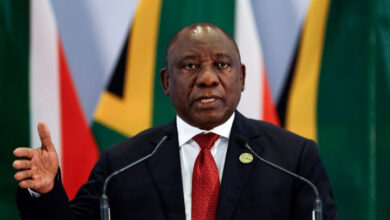Zimbabwe
Zimbabwe’s By-Elections Marred By Intimidation, Vote-Buying, Election Observers Claim

Zimbabwe’s recently held by-elections were marred by intimidation and vote-buying, some independent election observers have found, reported The BBC.
Zimbabwe’s preliminary poll results suggest the new opposition party Citizens Coalition for Change CCC, led by Nelson Chamisa, is winning most of the 28 parliamentary and over 100 council seats being contested.
As per the results, the ruling Zanu-PF party has made some inroads, including in urban areas. It managed to grab several parliamentary and council seats from the opposition.
Several independent observer groups like the Zimbabwe Election Support Network have claimed that some candidates’ conduct amounted to vote-buying, including giving out foodstuffs to voters.
The voting day was largely peaceful with no violent incidents reported, but the election observer groups said that the above-average voter turn-out at some rural polling stations suggested community coercion.
The group noted high numbers of people needing assistance to vote in several polling stations. The final poll results are expected to be made official on Monday.
On the eve of the polls, Chamisa’s party alleged that the election was rigged before voting had taken place, citing errors in the voter register.
The by-elections were supposed to be held within 90 days of the seats falling vacant but Zimbabwe’s President Emmerson Mnangagwa delayed the polls in 2020 citing the Covid-19 pandemic. A total of sixteen political parties took part in the elections.
After the delay, the by-elections were held in 122 local government municipalities. They were to choose parliamentary and local government representatives in 28 parliamentary constituencies and 122 local government jurisdictions across the country. Polling in the by-elections, in which 16 political parties were contesting, opened at 7 am and were closed by 7 pm.
Zimbabwe’s current economic crisis is characterized by high inflation that has eroded purchasing power and led to foreign currency shortages, unemployment of more than 90 percent, and low manufacturing capacity.






